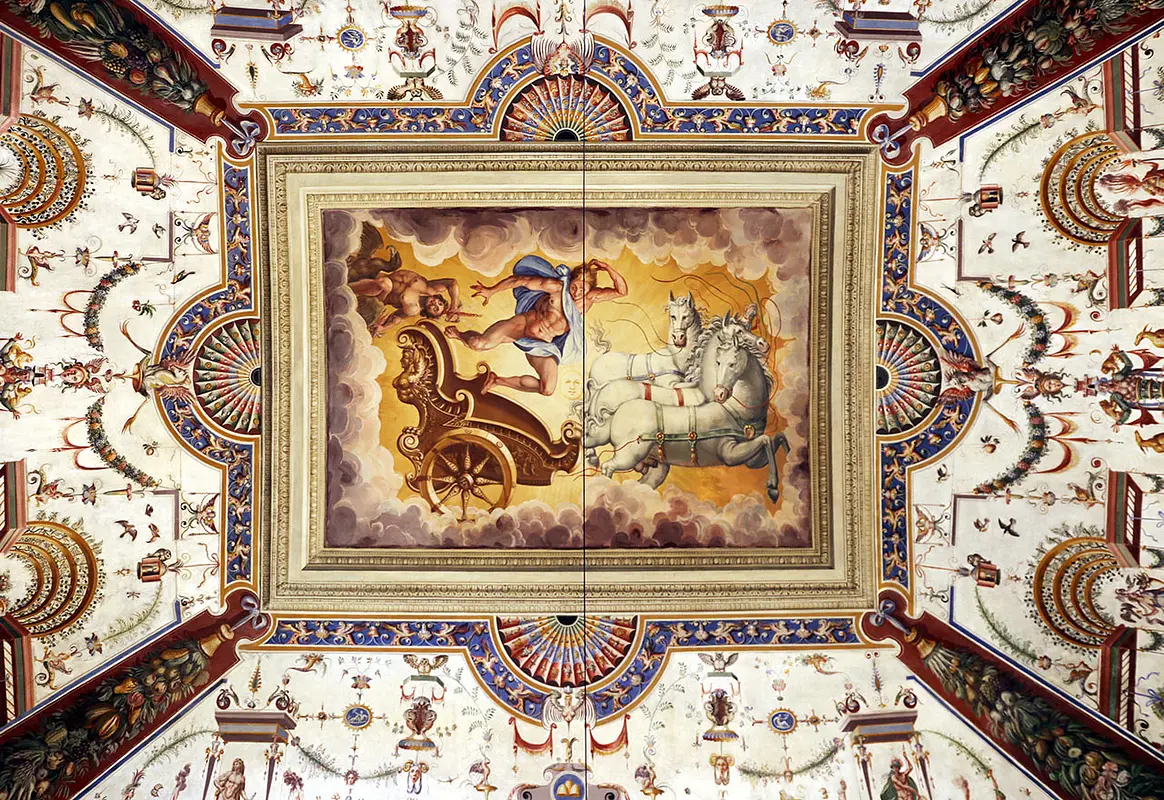








Palazzo Spada, the heart of Terni
For centuries the city's place of power and prestige


Where

What it is and where it is
On the southern side of Piazza Europa stands a mighty palace. Bare and severe, it was erected in the 16th century to become the residence of the Counts of Collescipoli, the Spada family, one of the most influential Roman families in Terni. The facade, like the rest of the structure, is bare and "flayed," that is, missing the layer of plaster that originally covered the palace. This gives it an even more powerful and austere air.
Why it is special
The stern appearance of the facade might even instill fear and discourage those who would try to visit it, somewhat as if the mighty Spada still inhabited its rooms. However, the centuries have brought great changes to the palace, which today belongs to the citizens of Terni: from being a private residence it has become the seat of the municipality, and if there are no councils or meetings taking place, you can ask to be taken inside.
Not to be missed
Just within the walls of Palazzo Spada are kept some really impressive frescoes, which are developed in some rooms, until they cover the entire wall surface available. Mythological representations are alternated with brightly colored grotesque decorations. The decorations, attributed to Sebastiano Fiori, a pupil of Vasari, reach their zenith in the splendid council chamber and adjacent rooms. It would be a real shame not to go in and take a look!
A bit of history
Palazzo Spada was designed by Sangallo the Younger, who had chosen a rather different look for the building than the one we see today: he envisaged the articulation of the plan into two wings. In the 18th century the two bodies were joined by the construction of a building, creating the typical "court" style. The construction was completed in 1555, and the Spada family retained ownership until the end of the eighteenth century, when it changed hands several times. In the second half of the twentieth century it was given to the Municipality of Terni, which installed its offices and the city council chamber inside.
Curiosities
At the palace were found remains of mosaics related to the floors of an ancient Roman domus, a symbol of the longevity and importance of a place that has been a the center of power in the area for centuries. An auspicious symbol that did not help Sangallo the Younger, who died suddenly while overseeing construction work on the building. His death was sudden and mysterious: it was never understood whether it was due to natural causes or the intervention of someone, perhaps engaged in the feud between Terni and Rieti due to the Marmore Falls and the management of the flooding of the Nera River.
Enter the Map of Italy's Undiscovered Wonders and find treasures where you least expect it... Inspire, Recommend, Share...
Contacts
Collections
The Map thanks:
In the Community
Enter the Map of Italy's Undiscovered Wonders and find treasures where you least expect it... Inspire, Recommend, Share...
Where

Contacts
Collections

